Mark Johnson has always dreamt about launching his very own online store. He runs a small business of jocks, socks, and other related garments. Taking inspiration from some similar competitors, Mark has finally achieved in creating his fantastic store. With sales on the rise, Mark feels compelled to study his customer’s behavior pattern. He realizes that customers are always navigating to the top shelf products and are walking away. He doesn’t understand why it’s happening, but we are here to help Mark crack the myth of why people are mostly window-shopping on his platform.
You see most of the products on your website are pre-defined into categories; assuming that your stock is an untiringly long list of products, the chances are prominent that your customer may easily walk away from the store. Now, you of all people, wouldn’t want that, would you? You want something more.
Viola! Introducing Filters. Filters enhance the UX Design by engaging customers in a more stress-free way. Your deeply categorized items are more likely to be sold than when they are lying around in your inventory.
But, there is a slight catch! If you don’t use them wisely, the chances are high that you may suffer a significant loss on your e-commerce website. Wondering how you can use them? Allow me to give you some insight into examples.
Landing Page Filters
I found an amusing filter on this website called Oh!Nuts. The filter is available on the landing page and is interesting because it readily meets the need of their audience right away. They have segmented their categories into landing page filters such as segmenting candies in different flavors and colors. They have also created separate filter segments for different Occasions, Brands, Candy Buffets, Organic and Sale.
By placing functional filters on landing pages, online store owners can easily attract visitors with an enhanced user experience. It not only lands a likely purchase, but convinces the customer to drop back at the store again.
Sub Category Filters
Another type of filters are the subcategory filters. Some brands on the market are more compelled towards offering their customers precisely what they are looking for. Subcategory filtering is mainly observed across stores that market garment brands, such as Versace, Dolce & Gabbana, Levis and Urban Outfitters.
Here is an example on how Levis offers subcategory filtering to its customers on a wide scale. It offers customers the specific choice to customize and filter the exact type of shirts, jeans, graphic tees, shoes or bottoms which they are searching for. It gives customers the ability to filter down by item type, size group, fit number, rise, style, fit, waist and length. And above all, they can sort the items according to what’s latest or what’s more relevant on the store.
The subcategory filtering may not always be a worthwhile case for everyone, but if you are someone like our friend Mark Johnson, it just might do the trick for you. Most web design agencies use subcategory filters which are most likely found in niches related to fashion industries.
Refine Filters for Same Product Type
One may outline a number of features which contribute to the immense success of the Amazon website; however, same product refine filters is one such feature that has made life a whole lot easier for steady customers visiting the platform. The filter allows users to simply narrow down their search to the exact specific requirements in a similar product category.
Here is an example of how one can filter out a search on thermos using the Amazon platform. They can specify the capacity, brand, and other related features to narrow down their search for the exact thermos design that they are interested to purchase.
Refining filters for the same product can help you stand out among competitors because more than 32 percent of online stores do not offer the multiple filter value features on products of the same type. This filtering method can greatly assist you in driving more sales and ultimately enhancing your user experience in the most effective manner.
Applying Filters – Best Practices
At times, visitors can find themselves lost when it comes to narrowing down filters which are necessary to be applied first. Being an online store owner, it is your responsibility to make your website as user-friendly as possible. While some online stores do apply filters, they often find that they are not working as efficiently as expected.
Hence, it is necessary that one should apply the following best practices to ensure the most optimal results.
Filter By Solution Option
Now this option basically allows user to find the solution, even if they are not aware of the product name. If the customer knows what they want to do with the product, the solution filter can readily assist them to reach their end-goal. This feature greatly works with customers who are confused or are not really sure of what they are looking for. They do have a need, but they don’t exactly know what to purchase.
Truncate Filter Values
Some products are literally swimming in filters. You can help customers identify preferences by simply truncating filter options. In case your product category has, let’s say, 12 refine filter options… You can reveal the top 3 commonly used filters and hide the rest under a clickable link of “view 7 more.” It keeps your customer from getting bamboozled among too many options.
Enable Multiple Selection
Enabling multiple selections is one way to allow customers to choose specific options from the list. If a customer searches for a specific type of camera with 4x lenses, including a tripod stand and a complete lens set, your store should enable the customer to narrow down his research enough to find a list of options which fall in a similar category.
Never Return No Result
Always remember; never set your online store result to never return with zero product offerings. Always provide your customer with something, a discount offer on a similar product or maybe a list of options to make a different pick. But, never lead them to a “No result” page as it will affect rather negatively.
Author Bio
Muneeb Qadar is a corporate branding guru. Currently working for Branex AE, he is an expert when it comes to making any product or service the online recognition it highly deserves. He likes to read books and case studies concerning branding and corporate marketing that’s why he is highly revered in his social circles for the uncanny ability to deliver the goods.





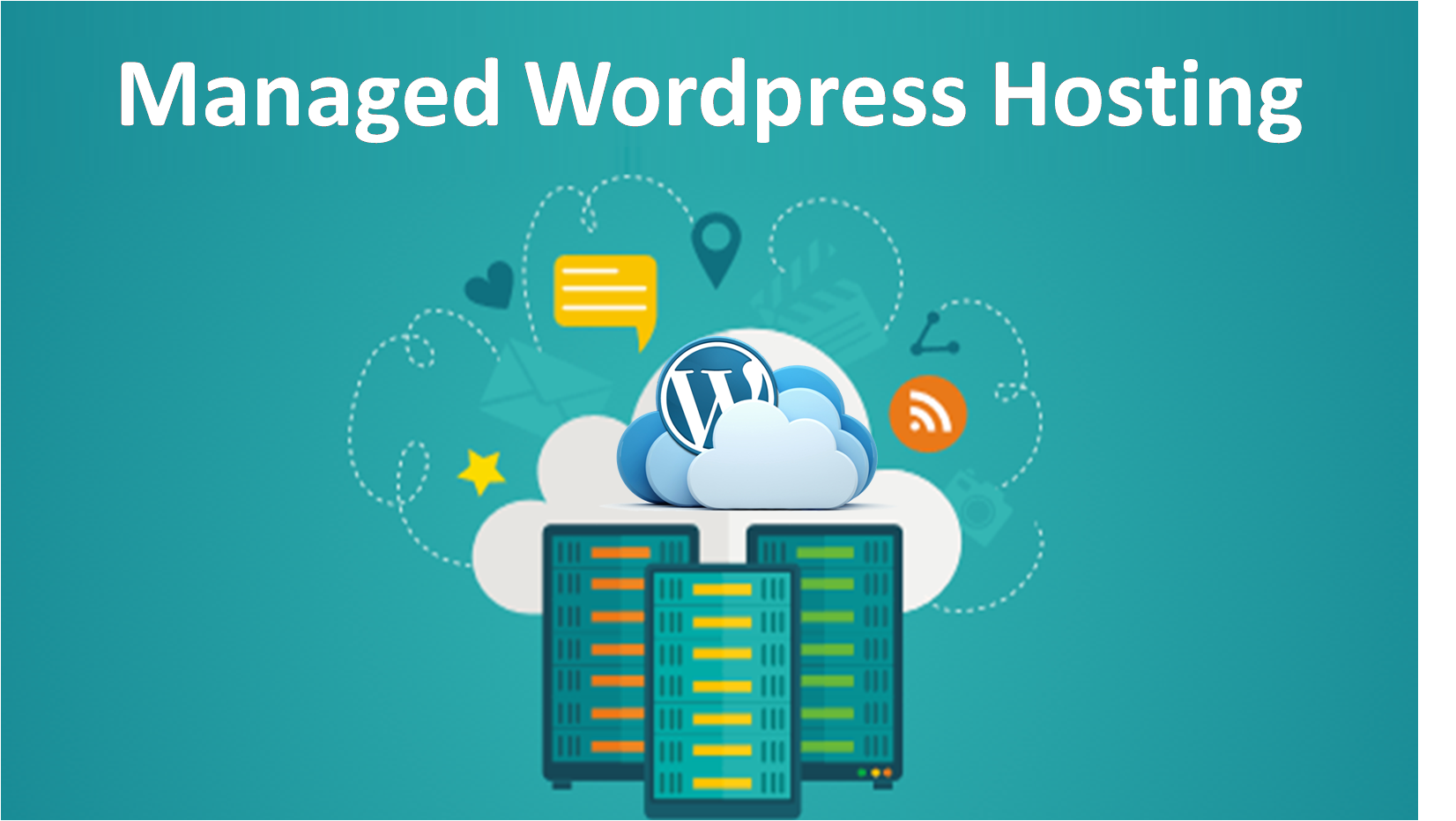









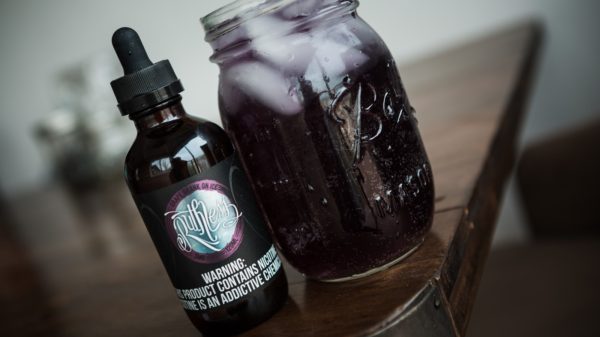



















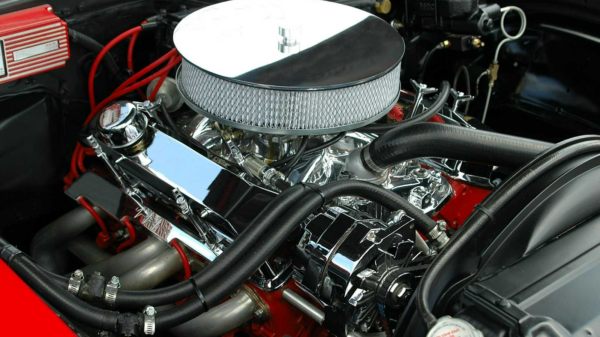
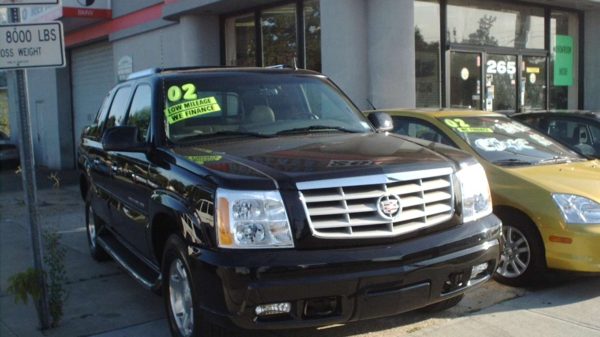








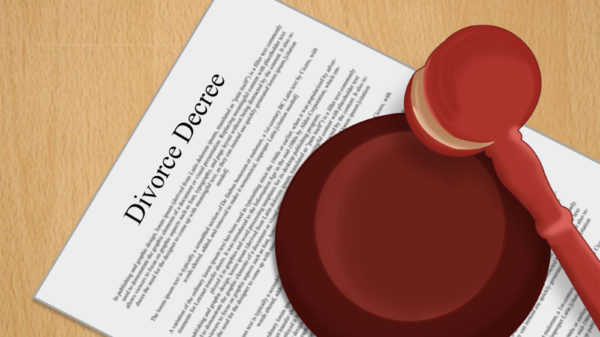











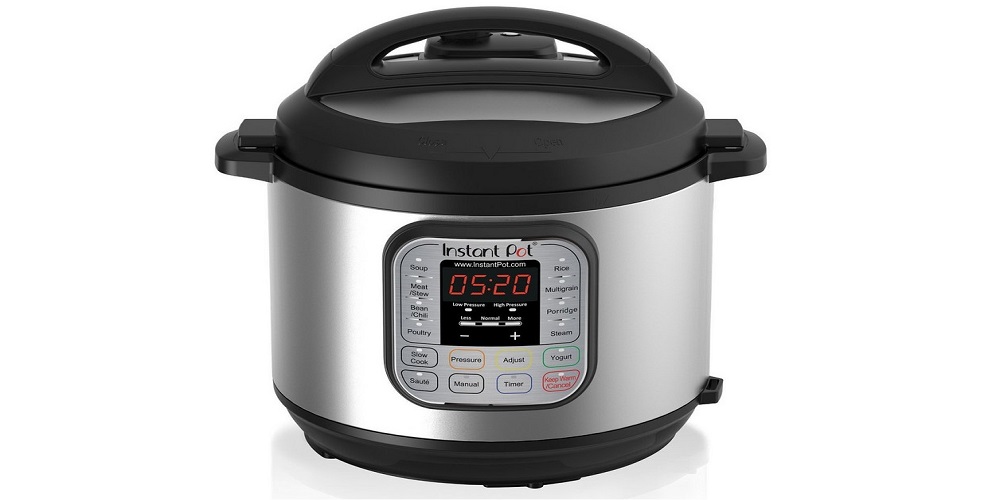





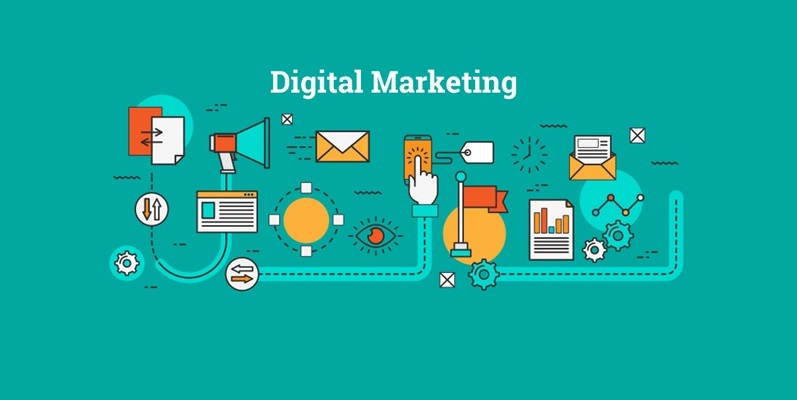









You must be logged in to post a comment Login